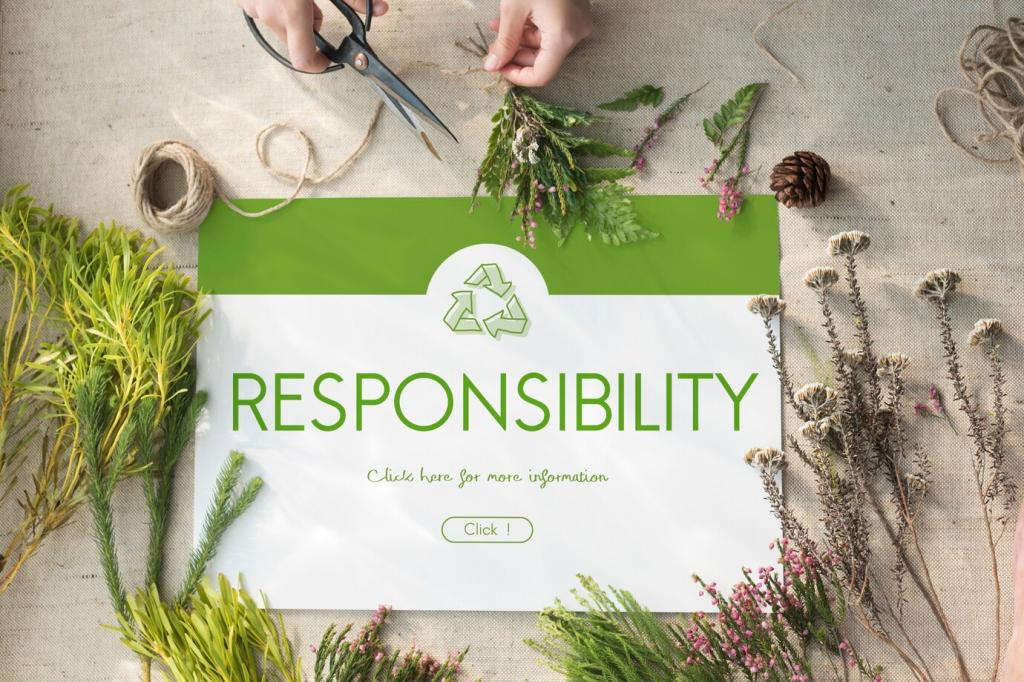Ethics, Equity, and Avoiding Eco-Exploitation
Offer clear consent forms, anonymity options, and translation. Share drafts so participants can review quotes in context, and compensate time fairly. Reciprocity builds relationships, not just content. Comment with your consent practices to help refine our shared checklist.
Ethics, Equity, and Avoiding Eco-Exploitation
Balance urgency with dignity. Pair loss with everyday joy, craft, and solution-seeking, resisting disaster voyeurism. Use strengths-based framing and local leadership. Audit your last piece: where did you center resilience? Tell us, and we’ll celebrate best practices in a roundup.
Ethics, Equity, and Avoiding Eco-Exploitation
Name uncertainties, error bars, and model scenarios plainly. Distinguish what is known, what is likely, and what remains unclear. Publish methods notes readers can explore. Invite questions and corrections, and subscribe to see how we update stories as evidence evolves.
Ethics, Equity, and Avoiding Eco-Exploitation
Lorem ipsum dolor sit amet, consectetur adipiscing elit. Ut elit tellus, luctus nec ullamcorper mattis, pulvinar dapibus leo.





